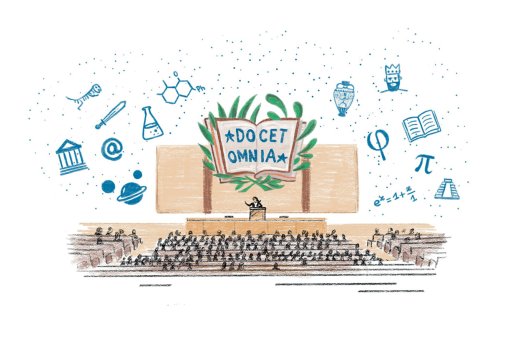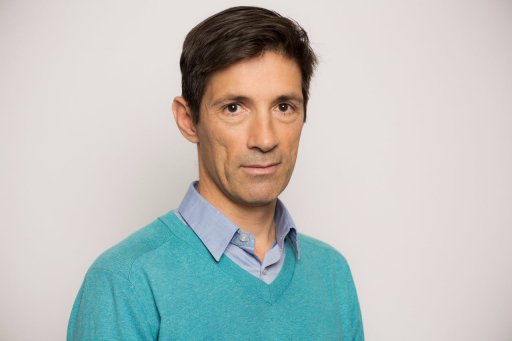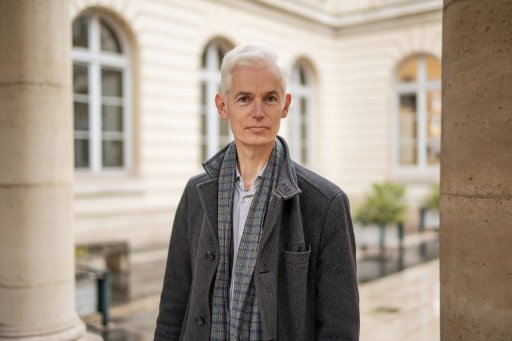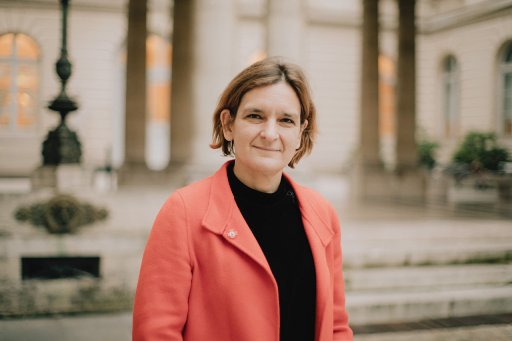The Collège de France is delighted to announce the success of two "promising" young researchers who have been awarded grants from the ERC (European Research Council) Starting Grant program.
- Sophie Carenco, CNRS research fellow, member of the Matériaux Hybrides et Nanomatériaux research team at the Laboratoire Chimie de la Matière Condensée de Paris (UPMC/CNRS/Collège de France) headed by Pr Clément Sanchez, for her project Nanoparticles as Partners in Frustrated Lewis Pairs: Boosting the Surface Reactivity of Inorganic Nanoparticles
- Sylvain Nascimbene, member of the Bose-Einstein Condensates research team at the Laboratoire Kastler Brossel (ENS/UPMC/CNRS/Collège de France) headed by Pr Jean Dalibard for his project Exploring topological matter with atomic Dysprosium











